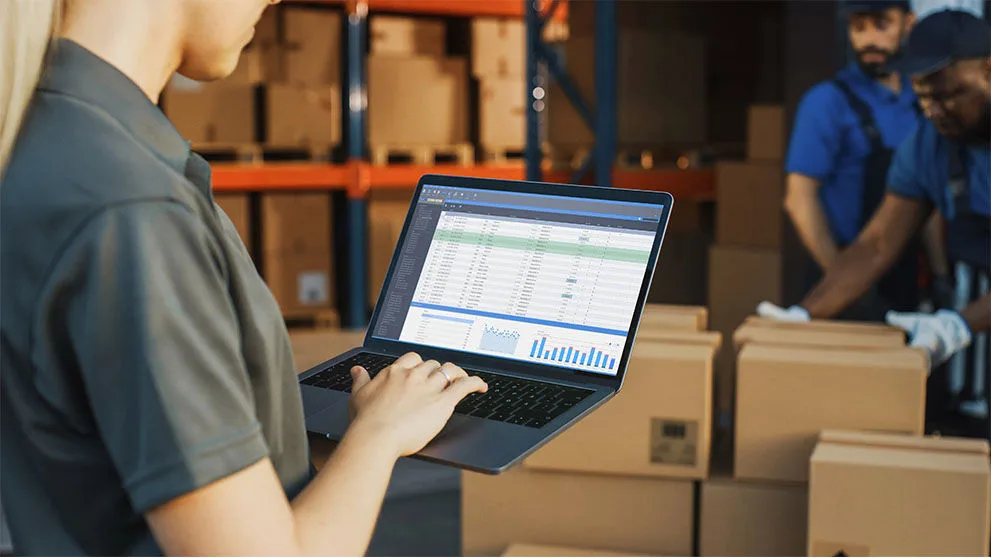
The holiday season, spanning Thanksgiving through New Year’s, is always one of the most critical and complex periods for America’s small and mid-sized enterprises (SME). In 2025, SMEs are facing even greater pressures as they navigate rising consumer expectations, supply chain uncertainties, and increasing costs.
Yet, a recent survey of hundreds of DHL Express U.S. SME customers shows that despite these challenges, businesses are adapting with creativity and agility. From adjusting pricing and diversifying suppliers to investing in automation and AI, U.S. SMEs are not just surviving, they’re positioning themselves to capture growth, delight customers, and set the stage for a strong 2026.
Holiday Season Landscape
SMEs are approaching the 2025 holiday season with cautious optimism. Nearly half (47%) expect sales to remain consistent with 2024, while 40% anticipate growth, including 10% projecting a significant increase. Only 13% foresee a decline.
Despite cautious optimism, SMEs still face several operational hurdles. Trade policies and regulatory changes (42%) top the list of challenges that SMEs expect this holiday season, followed closely by clearance and customs delays (35%), underscoring the ongoing impact of global trade complexities. While labor constraints (10%) and supplier/capacity shortages (13%) are less pressing, they still highlight the need for careful workforce and inventory planning during peak season.
Trade Policy Impacts and SME Adaptations
Nearly every SME (87%) said recent trade policy changes are impacting their holiday sourcing and shipping strategies. And SMEs are responding to heightened trade and shipping uncertainty by adjusting pricing models (39%), diversifying suppliers (30%), and absorbing costs internally (21%).
Interestingly, there are changes SMEs are making this holiday season that they said they didn’t have to address in 2024, such as diversifying or shifting suppliers/markets (19%) and investing in automation and AI (15%). These adjustments reflect the growing need for SMEs to build resilience into their supply chains, ensuring they can meet holiday demand even amid global trade uncertainties.
Holidays (and Beyond) Are International
This holiday season, Europe (28%) and Asia (20%) are expected to be the top export destinations, with Canada following at 10%. On the import side, Asia dominates (42%), though 30% of businesses report sourcing from non-traditional regions, reflecting diversification strategies designed to mitigate supply chain risk.
Looking beyond the holidays into 2026, SMEs are maintaining a global focus, with 20% of respondents saying expanding into new markets is the key to growing their business in the coming year.
Growth Strategies and Expectations for 2026
U.S. SMEs are entering 2026 with a sense of optimism. Nearly 78% of respondents expect their business to perform better than in 2025, with 34% projecting significantly better performance and 44% slightly better.
Growth strategies for a successful 2026 are centered on product development and enhancements (25%) and expansion into new markets (20%).
While only 13% of SMEs in our survey currently see AI and automation as growth opportunities for 2026, emerging technologies like generative AI (Gen AI) offer a largely untapped advantage. Beyond traditional analytics, Gen AI can simulate demand scenarios, automate communications, streamline customs and procurement workflows, and provide real-time intelligence across complex supply chains. Even modest adoption today can help SMEs optimize inventory, forecast demand, reduce delays, and enhance customer experience—positioning them for growth in 2026 and beyond.
What this tells us
U.S. SMEs are navigating the 2025 holiday season with resilience and strategic focus, balancing operational challenges, trade complexities, and technology adoption. Partnering with an experienced shipping provider like DHL Express can help businesses navigate supply chain challenges, expand into new markets, and create custom shipping solutions to ensure a successful holiday season.













